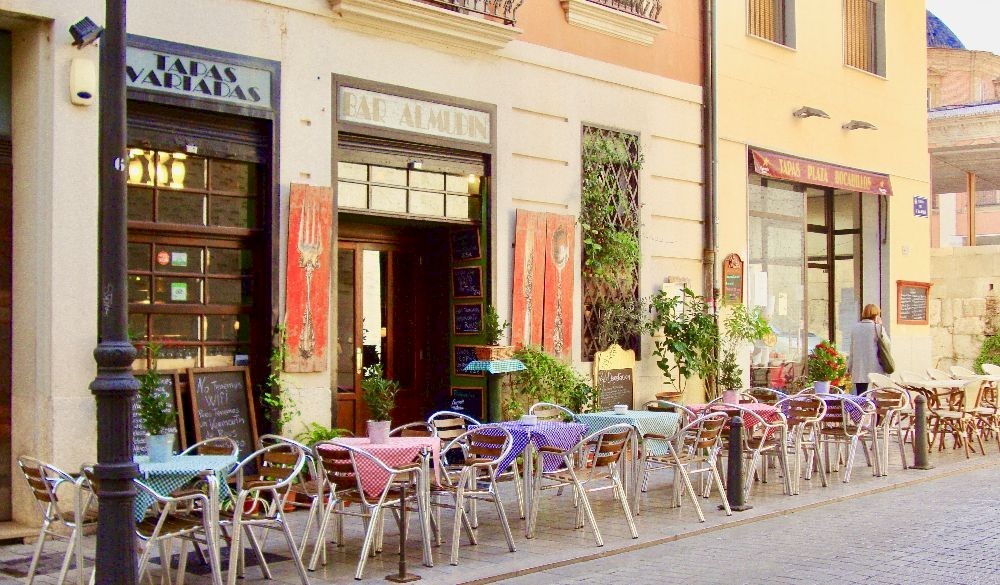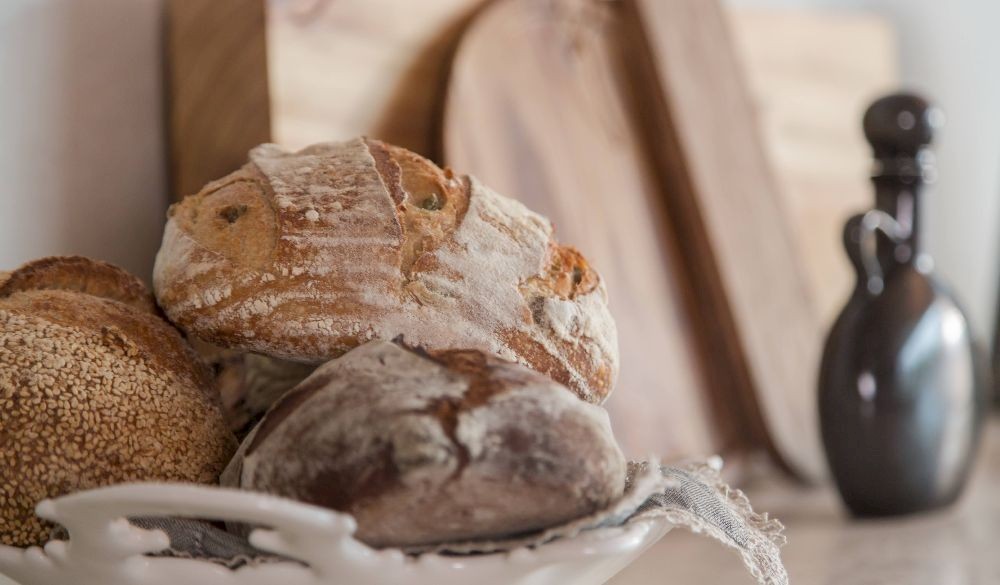Here’s a fiendish conversation starter to get the guests arguing at your next dinner party. What is Spain’s greatest contribution to world culture?
Some will say the paintings of Goya, Velasquez and Picasso. Others will cite the musical genius of Paco de Lucia and Cameron de la Isla. Traditionalists will point to Granada’s Alhambra, widely considered as the Eighth Wonder of the World.
My vote, however, goes for something much less grandiose. The humble tapa. You may scoff (several) but tapas have undoubtedly influenced the gastronomic world, with tapas bars in almost every European city. Not only that, but the tradition of serving a free tapa with a drink, undoubtedly sustained many of the aforementioned artists during their early days!
If you are new to Spanish cuisine, tapas are a variety of small savoury Spanish dishes, often served as a snack with drinks, or with other tapas as a meal. Informality is the key here as you usually eat tapas standing at the bar or on upturned barrels. A good tapas bar is bound to be popular, so be prepared for lots of noise (which is basically Spanish conversation) and a distinct lack of personal space. The décor of your average tapas bar is enough to make a vegan wilt, with traditional cured hams hanging from the ceiling and bullfighting posters on the walls.
There are several theories about the origins of tapas. Royalists maintain that, when the thirteenth century Castilian King Alfonso X (the Wise) was unwell, his physicians advised him to to eat small snacks with his wine between meals in order to maintain his strength. This must have been imminently more palatable than standard medical advice, which was all about balancing the “Humours” in the body and inevitably involved leeches. Once restored to rude health, King Alfonso proved his wisdom by passing a law that stated that wine or beer served in taverns had to be accompanied by food.
A more plausible explanation of the origin of tapas is a practical one. Bread or a small plate of ham or olives were placed on top of your drink to keep dust out or insects from falling in (the literal meaning of “tapa” is “lid”). In the heat of southern Spain, agricultural and other manual workers ate small snacks so that they could continue working until the main meal of the day.
Like most of the Spanish diet, tapas are made from traditionally Mediterranean ingredients, especially olives and olive oil, garlic, fish and seafood, and ‘jamon’. Rice, in the form of paella, and potato omelette (tortilla) are also common.
There is a huge variety of fish and seafood on offer, from salt cod (bacalao) and tuna to calamares (squid) and prawns. The most common meat is pork, much of which comes from free range pigs, used for jamón iberico. Every part of the animal is used, including cheeks, trotters and blood. There is also a wide selection of cheeses, such as Manchego, and sheep and goat’s cheeses whiles salads are usually simple dishes of lettuce, tomato and onion.
The best thing about tapas, however, is the art of “Tapearing”. This is basically going from bar to bar with a group of friends and having a tapa and a drink in each one. It is also a fabulous and fun way of discovering cities such a Seville, Granada and Malaga and you are sure to bump into others doing the same thing, eating, drinking and generally having a great time!
Top Tapas
- Gambas al Ajillo: fresh prawns in sizzling olive oil with garlic and chili peppers
- Adobo: fried marinated cubed fish
- Calamares: fried squid rings
- Espinacas con garbanzos: spinach and chick peas with olive oil and garlic
- Patatas bravas: fried potato wedges served with a spicy alioli sauce
- Ensaladilla Rusa : potato salad with mayonnaise and tuna
- Morcilla: black pudding with rice






